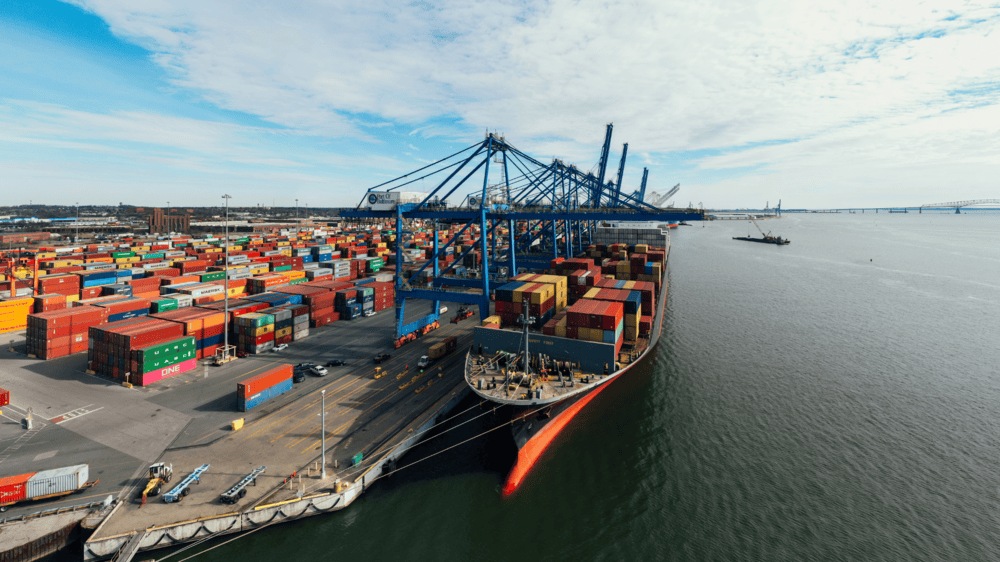South African Taxi Industry
Taxi drivers are not the most popular people the world over, most certainly in South Africa. But there can be few more successful examples of creating order from chaos as that of the South African national Taxi Council (SANTACO) in its 13 years of existence.
Taxi related violence as recorded by the SA Institute for Race Relations caused the deaths of more than 2000 people from 1991 to 1999. Eleven years later in 2010 SANTACO launched its TR3 2020 strategy for the industry, which includes smartcard and tracking technology, free WiFi at all taxi ranks by December this year and in all registered taxis by 2017. In July 2013 SANTACO introduced a Taxi Fare Index which determines taxi increases by taking into account the costs of short versus long distance taxi operations as well as coastal and inland cost differentials.
SANTACO, which was established in 2001 with the mandate to restore stability to and unify the industry, has evolved into a structure today consisting of a National Council, nine provincial structures, 69 regional bodies and 1300 local associations. It is recognised by government as the official representative of the taxi industry to the exclusion of competing associations.
According to the Who Owns Whom report on the Minibus Taxi and Bus Industry, the minibus taxi industry carries 69% of the 80% of the South African population who use public commuter transport. It contributes R40bn to the GDP, employs 650 000 people, spends R30bn annually on fuel, R5bn on insurance and R800m on tyres.
SANTACO is an association not a company but to give a context the combined turnover of its members is twice that of Tiger Brands. There are 300 000 permitted taxis on the road with an average ownership of two taxis per operator which translates to roughly 150 000 entrepreneurs. If the newly created Department for Small Business Development was wondering where to find entrepreneurs with the experience of running a business they need look no further.
The Department of Transport introduced the Taxi Recapitalisation Programme (TRP) in September in 2013 under which taxi owners were paid a scrapping allowance for old taxis to be used to purchase a new vehicle, or leave the industry. Under the programme 58 000 taxis have been scrapped but SANTACO’s view is that the scrapping allowance was insufficient to make the purchase of a new vehicle viable. In addition owners were obligated to buy TRP-compliant vehicles which many believed are not suitable for the purpose and those leaving the industry were not offered support to establish a new business outside of the industry.
The industry faces a significant threat from the Bus Rapid Transport Systems which have been installed in Johannesburg, Tshwane and Cape Town as well as the replacement of the municipal metro bus fleets and the metro rail rolling stock.
A short term opportunity has been created by the phasing out of contracted metro busing where private operators have been subsidised for years on a month-by-month contract and consequently there has been no investment in their ageing bus fleet. SANTACO has also lodged a complaint with the Competition Commission that the subsidisation of buses should extend to taxis otherwise it constitutes unfair competition.
The introduction of smart card technology has been slow due the individual ownership profile of the industry but once it gains traction so does the potential for transaction-based revenue generation. A project has been initiated by Taxichoice to install TV screens in each taxi to provide travel and other information to passengers as well generate advertising revenue for the operator.
The formalisation of the industry by SANTACO has been necessary to guard against pirate (and therefore unlicensed) competition and to establish their authority when negotiating with government; one of the results is the exemption of permit holding taxis from paying e-tolls.
The primary constraint on the industry’s long term competitiveness against new and revived modes of commuter transport is funding, which could be solved by the introduction of an institutionally funded franchise structure.
• McGregor is MD of Who Owns Whom
Contact us to access WOW's quality research on African industries and business
Contact UsRelated Articles
BlogCountries South AfricaTransportation and storage
The Motor Vehicle Industry in South Africa: Challenges, Prospects and Opportunities
Contents [hide] Motor industries across the globe are driven by innovation. South Africa’s motor industry is actively pursuing innovation initiatives to remain competitive. A good example is the partnership between...
BlogCountries South AfricaTransportation and storage
Africa’s Ports and Harbours: Driving Trade and Growth Across the Continent
Contents [hide] Ports and harbours have evolved from the days when they merchants would display their crafts and fishermen would bring their daily catch, socialise over coffee and exchange their...
BlogCountries South AfricaTransportation and storage
The Status of Road Infrastructure in South Africa
rail and road passenger journeys per year





